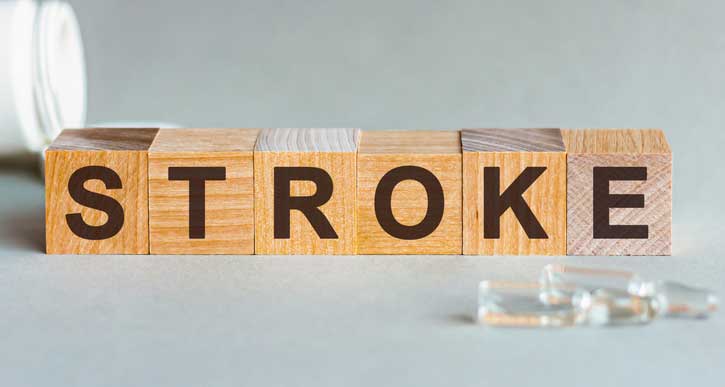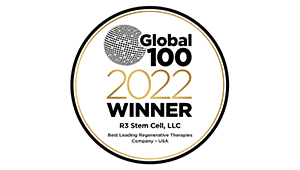Every stroke patient has a different way of coping and recovering from a stroke. One common factor of stroke is that the effects of a stroke aren’t always immediately apparent. While some are relatively short-lived, others may take months or even longer develop and could have a long-lasting effect. This article provides basic knowledge of the effects that stem cell therapy can have on stroke recovery.
What is a stroke?
A stroke, otherwise known as cerebrovascular injury, is simply the interruption of the blood supply to the brain. This usually happens when there’s a blockage of blood flow or bleeding into the brain. As a result of the resulting tissue injury, a number of momentary and long-term symptoms or complications are produced, and these can potentially reduce an individual’s quality of life. There are three main types of stroke. They are;
- Ischemic Stroke; caused by blood clots.
- Hemorrhagic Stroke; caused by ruptured blood vessels that cause brain bleeding.
- Transient Ischemic Attack (TIA); is caused by a temporary blood clot, also known as a “mini-stroke”.

The most common characteristics of stroke include difficulty understanding speech and speaking, memory loss and confusion, numbness on one part of the body, loss of sensation on one part of the body, a spinning sensation, and loss of vision.
Causes of stroke
There are different causes of stroke. Ischemic strokes are caused by blood clots that are usually formed in the arteries that connect to the brain, or from other blood vessels that now cause it to flow into the bloodstream and into the narrower arteries of the brain.
For Hemorrhagic strokes, conditions like trauma, hypertension, aneurysms, and blood-thinning medications are the major causes.
Transient Ischemic Attacks are similar to Hemorrhagic strokes because they can also be caused by blood clots. However, they can also be caused by other debris in the blood.
Why stem cell therapy works for stroke recovery
It’s important for patients and their caregivers to note that Stem cell therapy helps to improve the quality of life of the patients by decreasing the symptoms and complications related to stroke. The treatment also slows down the progression.
With stem cell therapy, improvements for patients with stroke or related complications will range from mobility, vision, and numbness, to difficulty swallowing, fatigue, and stiff muscles.
Stem cell therapy for stroke recovery
Stem cell therapy for stroke patients will utilize their stem cells isolated from the bone marrow. The Hematopoietic stem cells (HSCs), found within the bone marrow are the body’s source of most cells found in the circulating blood. These cells include red blood cells and white blood cells.
In addition to HSCs, mesenchymal stem cells (MSCs) are also contained within the bone marrow. Typically, MSCs enter the circulating blood during injuries and are contained in areas of inflammation and injuries. Once MSCs enter the damaged tissue areas, they can utilize both protective cellular and immunomodulatory effects believed to be critical in a number of neurological and autoimmune conditions.

Stroke patients who receive stem cell therapy can receive either through systemic administration or targeted administration methods. R3 Stem Cell offers stem cell therapy in Phoenix Arizona for different purposes including stroke recovery. Contact us today for a consultation and request an appointment with our experts.

Dr. David Greene
MD, PhD, MBA
Dr. David Greene, MD, PhD, MBA, is a pioneering leader in regenerative medicine and healthcare marketing. As a residency and fellowship-trained orthopedic surgeon, Dr. Greene transitioned from clinical practice to become the founder and CEO of R3 Stem Cell and US Lead Network, where he has revolutionized patient care and medical practice growth through innovative therapies and digital marketing strategies. He has authored two influential books on healthcare internet marketing, ranks among the top expert authors globally, and has been featured on the cover of Corporate Vision magazine for his impact on global regenerative therapies. Beyond his professional achievements, Dr. Greene is passionate about education, compassion, and continuous innovation.

Sorry, the comment form is closed at this time.